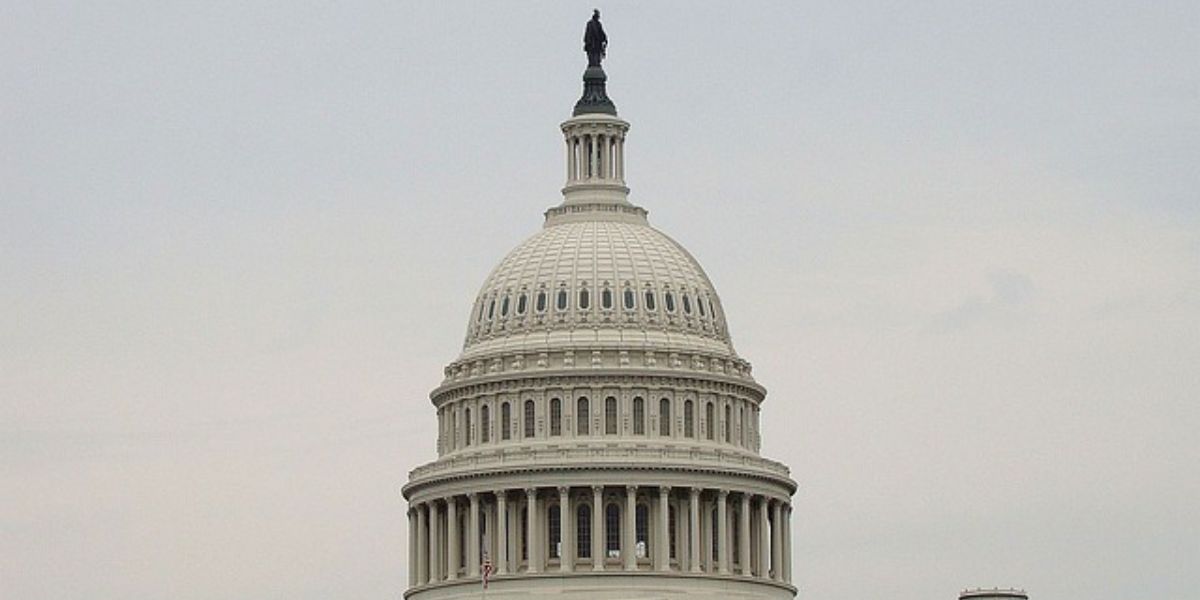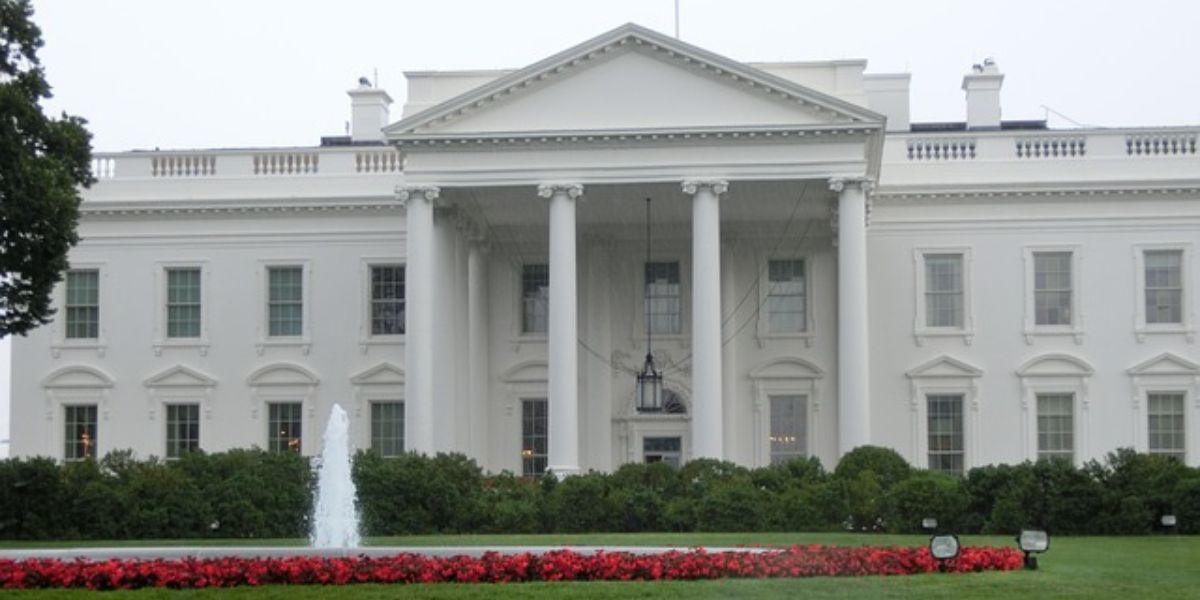On 31 January 2024, the U.S. Congressional Research Services (CRS) published the revised “In Focus” report on International Tax Proposals Addressing Profit Shifting: Pillars 1 and 2.
On June 5, 2021, finance ministers of the Group of 7 (G7) countries, including the United States, agreed in a communiqué to two proposals addressing global profit shifting. They agreed to Pillar 1, allocating rights of taxation of residual profits to market countries for large profitable multinationals while eliminating digital services taxes. They also agreed to Pillar 2, imposing a global minimum tax of at least 15%.
These proposals were developed in Organisation for Economic Co-operation and Development (OECD)/Group of 20 (G20) blueprints for addressing profit shifting and base erosion, which involved participation by 139 countries. The OECD has provided extensive guidance on the proposals. Implementation of the proposals would require changes in domestic law.
Pillar 1
The standard international agreements historically have allocated the first right of taxation of profits to the country where the asset is located. This location may be where the asset is created (e.g., from investment in buildings, equipment, or research) or where the rights to the asset have been purchased, which may happen easily with intangible assets, such as drug formulas or search algorithms. Many U.S. multinationals have sold the rights to intangible assets to affiliates in other countries to serve the foreign market. This system allocates profits between related parties on the basis of arm’s-length prices (i.e., the price upon which a willing buyer and a willing unrelated seller would agree to transact), although true arms-length prices often are difficult to determine.
With the advent of companies providing digital services that are often free services to consumers (such as search engines, online market places, and sites for social networking), an argument has been made that the country where the users reside should have a right to tax some of the profits of these companies because the users create value. Advocates also argue that these companies escape taxes on some of their profits by locating assets in tax havens.
Several countries have imposed digital services taxes, although generally in the form of excise taxes (such as taxes on advertising revenues, digital sales of goods and services, or sales of data), while proposed changes in the taxation of profits are being discussed. The United Kingdom (UK) enacted a diverted profits tax with a similar objective. The United States had decided to impose tariffs against seven countries that imposed digital excise taxes— France, Austria, India, Italy, Spain, Turkey, and the UK. These tariffs were suspended while Pillar 1 was under consideration.
Pillar 1 was originally to allocate some rights to market countries to tax profits of digitalized firms (and countries would eliminate their digital services taxes). The proposal was expanded to include all firms except those in the financial and extractive industries. The Pillar 1 blueprint would allow market countries a share of 25% of the residual profits (defined as profits after a 10% margin for marketing and distribution services) of large multinational companies. It would apply to companies with global revenue turnover of more than $20 billion and apply to market countries that provide at least $1 million in revenue. The proposal would allocate the residual share based on revenues (such as sales of advertising) and the location of the user or viewer for an array of digital services, split the residual share 50:50 between the location of the purchaser and seller for online markets, and generally allocate the profit to the final consumer’s country.
This agreement is a departure from the traditional allocation of the first right of taxation to the owner of the asset, which is consistent with the economic concept of profits as a return to the investor and not to the consumer.
Although the Pillar 1 proposal does not conform to the traditional framework, it could serve the purpose—if agreement is reached—of heading off unilateral action, as has developed with the digital services taxes. From the viewpoint of the United States, which has large multinational digital firms (e.g., Google and Facebook), the arrangement could be costly. The excise taxes that would be eliminated are borne largely by the customers; that is, an advertising tax decreases the net price from sales and would lead to higher prices to advertisers, which would in turn be reflected in higher product prices to customers who are largely in the country imposing the excise tax. Were countries unilaterally to impose taxes that are tied to profits without an agreement, under proposed regulations, U.S. multinationals would not receive a U.S. foreign tax credit, and the burden would fall largely on the profits of these firms. With a multinational agreement such as in Pillar 1, the U.S. foreign tax credit presumably would be allowed for these taxes (unless Congress intervenes), which would reduce revenues for the U.S. government.
U.S. companies may prefer this substitution of Pillar 1 for the digital services taxes, as they likely would not see a tax effect (since the taxes collected by the market countries would be largely offset by foreign tax credits), and they would be freed from the uncertainty and complexity of digital services taxes.
Pillar 1 would likely require changes in tax law and treaties or other forms of congressional-executive agreements. Pillar 1 may not be implemented if any major countries do not agree to it.
Pillar 2
Pillar 2 would impose a global minimum income tax to address base erosion, or GLoBE. It includes an income inclusion rule (IIR) to be applied by the country where the parent is located (or the country where an intermediate company in the chain is located in the absence of a parent company IIR) to raise the effective tax rate on a country-by-country basis to 15% on profits in excess of a fixed return for substantive activities (including tangible assets and payroll). This rule is termed a top-up tax. The income base is financial profits. Tax credits are not allowed. In cases where the IIR does not apply, there is a subsidiary rule to tax payments to low-tax countries (the undertaxed payment rule, or UTPR) at 9%, which can be imposed by any country with a related firm. (The current UTPR is referred to as the undertaxed profits rule.) Countries where the business is located have the first right to impose a top-up tax through a qualified domestic minimum top-up tax (QDMTT). Pillar 2 applies to firms with €750 million in revenue.
As of early 2024, a number of countries have already taken steps to enact GLoBE, including members of the European Union, Canada, Japan, the UK, and South Korea. The UTPR is delayed until 2025. The OECD has issued a transition rule so that the UTPR will not apply to any country with a corporate tax rate of at least 20% until 2026.
The United States currently has its own minimum tax on foreign source income of subsidiaries of U.S. multinationals, the tax on global intangible low-taxed income, or GILTI. (See CRS Report R45186, Issues in International Corporate Taxation: The 2017 Revision (P.L. 115-97), by Jane G. Gravelle and Donald J. Marples for a discussion of GILTI and other tax provisions enacted in 2017.)
GILTI is similar in some ways to the minimum tax that would be imposed by GLoBE under the IIR. It imposes a tax at a lower rate (currently half the U.S. rate, or 10.5 %) to income in excess of a deemed return of 10% of tangible assets. The rate is scheduled to rise to 13.125% after 2025. In addition to the lower rate, three other features of GILTI differ from the IIR. First, GLoBE would allow an exclusion for a broader range of spending that includes payroll as well as tangible assets, although at a lower rate of 5%. (During a transition period the percentage would be 8% for tangible assets and 10% of payroll, phased down over 10 years.)
Second, GILTI achieves the “top-up” tax by imposing the full tax and then allowing credits against the GILTI tax for 80% of foreign taxes paid, up to the amount of U.S. tax due. This limit is imposed on a global basis so that unused credits in high-tax countries can offset U.S. tax due in lowtax countries; the IIR would apply on a country-by-country basis. Finally, the IIR would allow carryforwards of losses and excess taxes, which is not allowed under GILTI.
Prior Administration budget proposals and several congressional proposals, including versions of the Build Back Better Act (H.R. 5376) that were not enacted, would have raised the GILTI rate, eliminated or reduced the deduction for tangible assets, limited the credit on a country-by-country basis, and increased the share of taxes credited in some cases. The OECD blueprint recognizes the coexistence of GILTI, and allows it as an IIR even though it does not conform to GLoBE.
Under the UTPR, other countries could tax domestic income earned by U.S. corporations, In some cases, effective tax rates could fall below 15% because of deductions and credits, so that Pillar 2 could reduce the incentives of credits such as the research credit. See CRS Report R47174, The Pillar 2 Global Minimum Tax: Implications for U.S. Tax Policy, by Jane G. Gravelle and Mark P. Keightley for a discussion. The United States could collect this revenue by enacting a QDMTT, but the incentives would still be reduced. Alternatively, the United States could make tax credits refundable, which would lead them to be treated as income increases and significantly mitigate the impact on the effective tax rate. The OECD recently announced that transferable credits, such as the recently enacted energy credits, would be treated as refundable credits.
The Joint Committee on Taxation (JCT) has estimated that the United States could lose $175 billion in revenue over nine years if the countries that have already taken steps to enact Pillar 2 do so. This revenue loss is due to the loss of revenue on foreign source income of U.S. multinationals if the localities adopt a QDMTT or countries in the chain of ownership enact an IIR. This number could be reduced or reversed in sign given profit shifting assumptions. Using intermediate profit shifting assumptions, U.S. revenues would fall by $122 billion over nine years if the rest of the world enacts GLoBE and the United States does not. If the United States also enacts GLoBE, revenues would be increased by $237 billion.
An advantage of a global minimum tax is that it could reduce the race-to-the bottom as countries lower their taxes to attract capital investment. A global minimum tax would allow countries with higher tax rates to attract more capital.
Adopting the GLoBE provisions to replace GILTI, or modifying GILTI to be more consistent with GLoBE, would require legislative action to change the tax code. Adopting GLoBE would also require action by Congress.
Some Members of Congress have proposed retaliatory taxes for countries imposing the UTPR. H.R. 3665 (Smith (MO)) would increase the tax rate of U.S.-source income, and H.R. 4695 (Estes) would increase the base of the alternative base erosion and anti-abuse tax. Some members of the Ways and Means Committee have urged countries to adopt their own version of GILTI to address base erosion.














